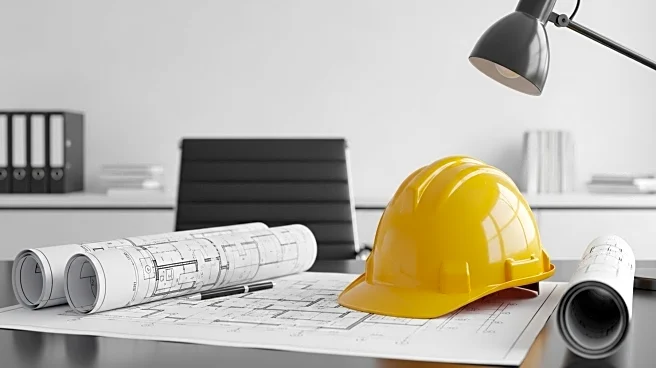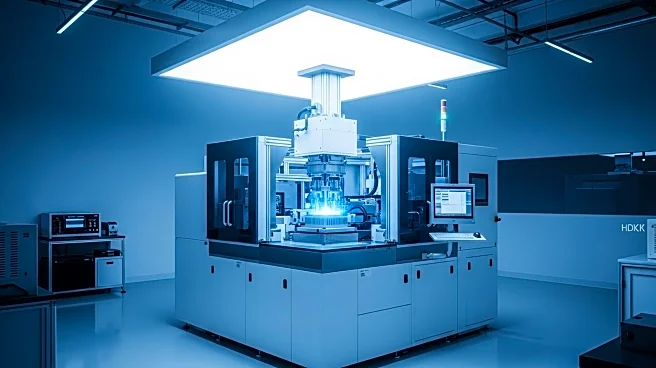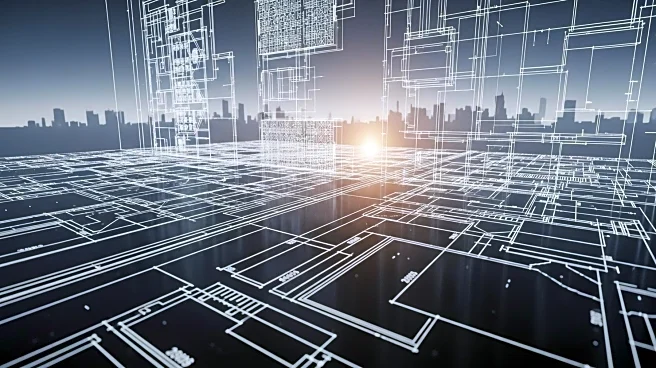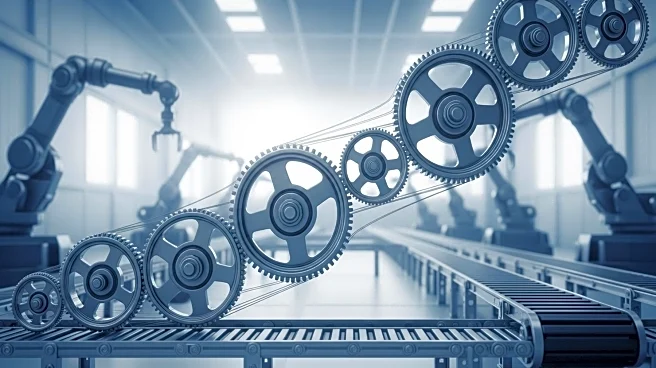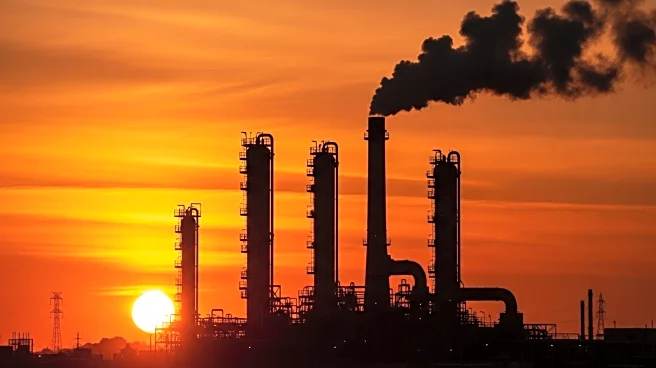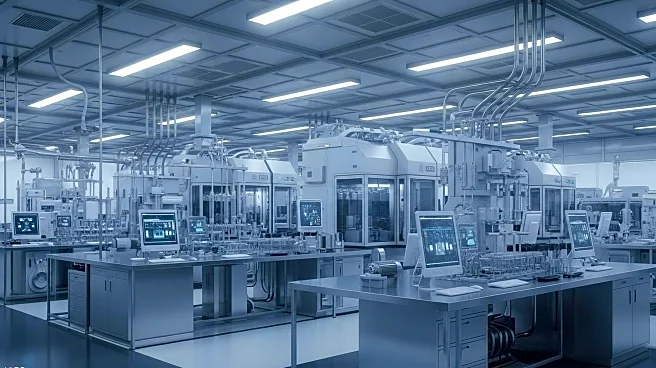What is the story about?
What's Happening?
In September, the Engineering and Construction Cost Indicator, which tracks wage and material inflation in the engineering, procurement, and construction sectors, showed a net decline to 58.6 from 63.0 in August. Despite this decline, the index still indicates upward pricing pressure. The sub-indicator for materials and equipment costs rose by 5.2 points to 55.5, while subcontractor labor costs decreased to 66.0 from 68.5 in August. Notably, copper-based wire and cable experienced the largest decrease, dropping 25.0 points. Conversely, prices for turbines, fabricated structural steel, and ANSI pumps and compressors saw increases. The six-month headline expectations for future construction costs rose modestly to 75.9, with ten out of twelve categories experiencing decreases, including significant drops in alloy steel pipe and carbon steel pipe prices.
Why It's Important?
The mixed trends in construction costs have significant implications for the U.S. construction industry. The decline in the overall cost indicator suggests some relief from inflationary pressures, which could benefit construction companies by reducing project costs. However, the continued upward pressure in certain areas, such as redi-mix concrete and copper-based wire and cable, indicates that some materials remain costly, potentially affecting project budgets and timelines. The decrease in subcontractor labor costs might ease some financial burdens on construction firms, but the overall complexity of cost fluctuations requires careful management and planning. Stakeholders in the construction industry, including contractors and developers, must navigate these changes to maintain profitability and project viability.
What's Next?
As the construction industry adapts to these cost fluctuations, companies may need to adjust their procurement strategies and project timelines. The modest increase in future cost expectations suggests that stakeholders should prepare for continued volatility in material and labor costs. Construction firms might explore alternative materials or technologies to mitigate rising costs in specific areas. Additionally, industry leaders and policymakers could engage in discussions to address supply chain challenges and explore measures to stabilize prices. Monitoring these trends will be crucial for making informed decisions in upcoming projects.
AI Generated Content
Do you find this article useful?
